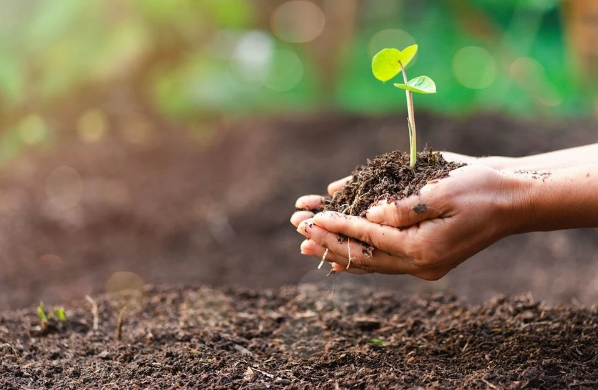Tainan (Taiwan) (AFP) – Long valued for their insulating properties, oyster shells are now being repurposed to create a unique eco-friendly fabric in Taiwan’s western oyster-producing region.
Entrepreneur Eddie Wang recalls the oyster shells that littered the streets of his hometown in Yunlin County (west) and were used by locals to insulate their homes.
“They would burn the shells and apply the residue to the walls. The houses would then become warm in winter and cool in summer,” the 42-year-old Taiwanese says at his factory in Tainan, in the southwest of the island.
“I was curious about why oyster shells had such a miraculous effect.”
His company, Creative Tech Textile, founded in 2010, had produced an eco-friendly fabric made from recycled plastic bottles, but Wang found it “ordinary.”
He collaborated with a research institute to experiment with making fabric from oyster shell residues, inspired by his childhood memories. In 2017, they discovered a process to create a material similar to wool.
Today, his Taiwanese factory processes about 100 tons of these protective shells annually to produce approximately 900 tons of “Seawool,” a patented fabric with a registered trademark.
This fabric and the resulting garments generate around 220 million New Taiwan Dollars (6.2 million Euros) annually. Most of it is purchased by sustainable and outdoor clothing brands in Europe and the United States.
Wang believes that producing this wool in Taiwan would not be possible without the island’s unique oyster farming industry.
“A magical wool”
“This industrial chain is not found anywhere else in the world,” the entrepreneur asserts.
“We have people to harvest the oysters, specialists to clean the shells, and others to dry and calcine (treat) the shells,” he notes.
Taiwan has a strong appetite for the mollusk, harvesting around 200,000 tons annually and enjoying local dishes such as crispy oyster omelets and noodle soups.
Its popularity also means that about 160,000 tons of oyster shells are discarded annually, according to the Ministry of Agriculture.
They accumulate in the streets of oyster-producing areas, mainly in Yunlin, Changhua, and Chiayi counties in western Taiwan, emitting fishy odors and providing breeding grounds for mosquitoes.
At Wang’s factory, the shells are crushed into tiny beads, which are then mixed with fibers from recycled plastic bottles.
“This creates a magical wool,” he explains. “The oyster shell is a material with low thermal conductivity – it neither absorbs nor dissipates heat.”
Half an hour from the store where Wang displays his sports jackets and tracksuits, the state-owned Taiwan Sugar Corporation (TSC) also operates a factory that reduces shells to powder, used to make household products like incense sticks.
The ground limestone helps reduce smoke and toxicity from burning incense, says Chen Wei-jen, deputy head of the biotechnology division at TSC.
“We hope that oyster shells can have industrial applications and that interested companies can use them as raw material to make their products more eco-friendly,” Chen Wei-jen says.
“Transformed into gold”
To be consumed and have their shells used by industry, oysters from Chiayi’s oyster-producing county are first collected at dawn in traps set along the coast.
They are sorted before being sent to factories like that of entrepreneur Dai Sen-tai. Machines clean them, and then the shells are sent south to small family-run businesses for peeling.
Dai represents the third generation of oyster farmers in his family. He is pleased that Taiwan is giving new life to these marine waste products.
“When I was a child, no one wanted oyster shells. They were thrown away and abandoned everywhere,” he tells AFP.
Source: goodplanet




